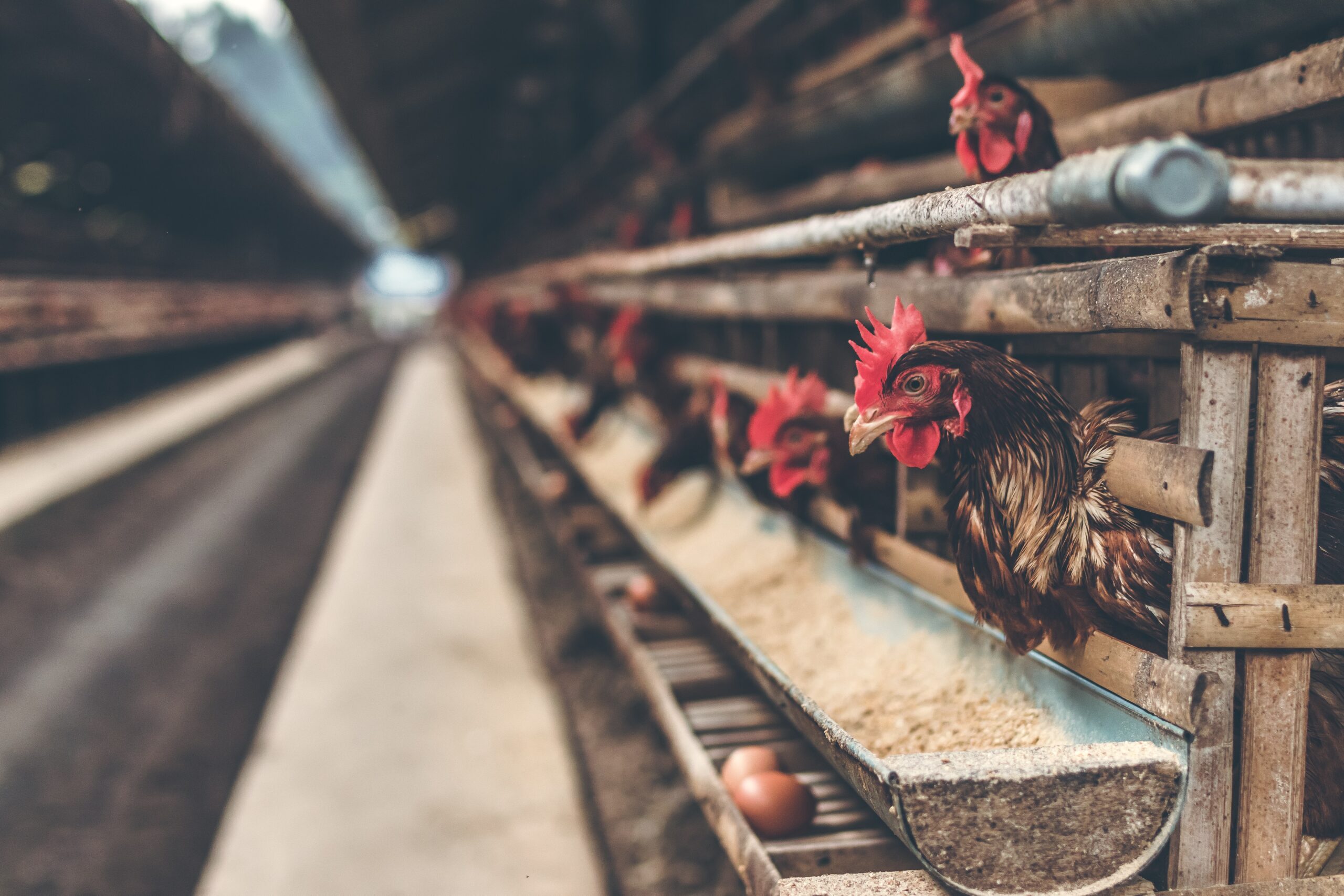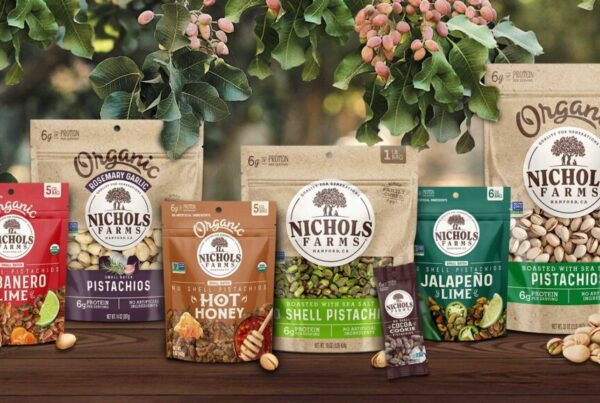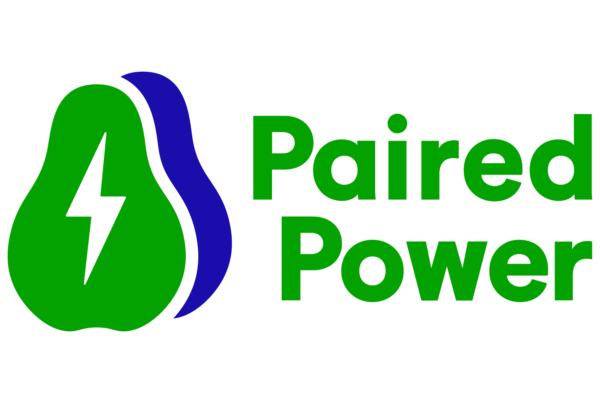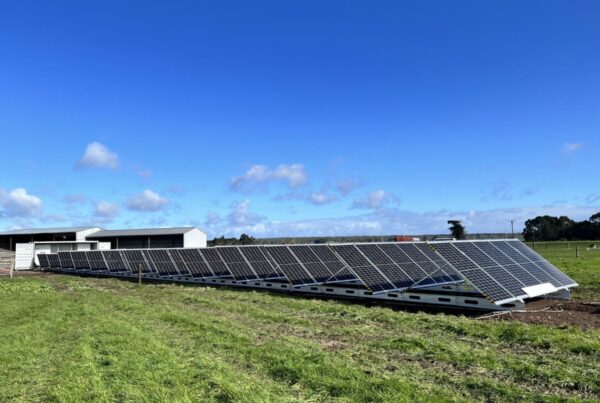Sustainable PR client Evanesce is featured by Watt Poultry for their revolutionary plant-based packaging that can reduce waste caused by poultry packaging:
Consumers value companies and products dedicated to reducing plastic waste.
Poultry packaging made of agricultural waste could replace single-use plastics and Styrofoam, creating a circular economy approach that lowers the environment impact of the supply chain (https://www.wattagnet.com/articles/44656-reusable-egg-crates-could-help-supply-chain-sustainability).
“It’s made of a combination of starch and fiber,” said Douglas Horne, Founder and CEO of Evanesce (https://evanesce.com/). “And it’s made with a different process than other packaging, literally baked like a cookie.
Baked like a cookie
The compostable trays are made of a variety of starches and fibers typically produced as agricultural waste (https://www.wattagnet.com/blogs/23-poultry-around-the world/post/30891-eggs-could-soon-be- in-your-plate-as-well-as-on-it), including tapioca, potato, bagasse, rice husks and more. Finding new uses for waste products that are typically discarded improves the sustainability of the entire agricultural supply chain.
To create the poultry packaging, a dough made of 60% starch and 35% fiber is formed in a waffle iron-like mold and then baked in an oven. This gives the packaging a lot of flexibility when it comes to size and shape.
In addition, the trays are designed to work with current packaging equipment for retail or food service, requiring no capital investment.
A circular economy – from dirt to dirt
An added benefit is that because the packaging is made of organic materials, it can be easily composted at home in fewer than 90 days. Plant-based packaging begins as a farmed crop and ends its lifecycle in either a backyard composting pile or at a commercial compost facility.
“This goes from being plant material to back to being dirt and growing more plant,” Horne added. “In recycling, we have a term called the circular economy. In many cases, this goes from plastic to plastic. My circular economy begins and ends with dirt.”
This article was originally published by Watt Poultry on March 20, 2022.





